Exhibit Categories
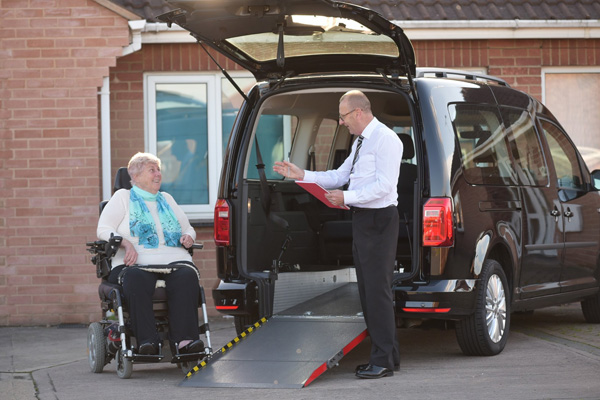
Designed to help individuals with physical disabilities move independently or more easily.
Examples:
Wheelchairs (manual and electric).
Mobility scooters.
Prosthetic limbs.
Walkers, crutches, and canes.
Exoskeletons for gait training.
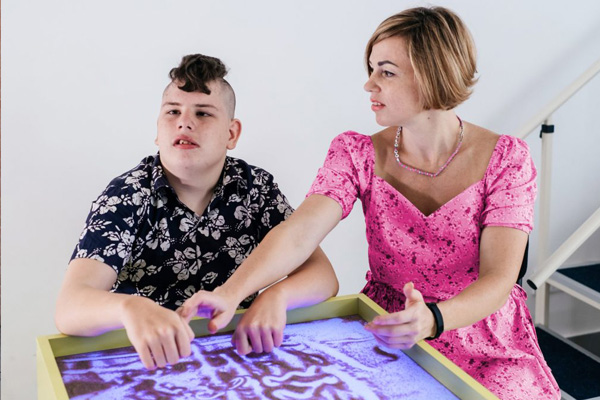
For individuals with visual, hearing, or other sensory impairments to enhance their ability to perceive and interact with the world.
Examples:
For visual impairments:
Screen readers (e.g., JAWS, NVDA).
Braille displays and embossers.
Audio description devices.
For hearing impairments:
Hearing aids and cochlear implants.
Visual alert systems.
Captioning devices.
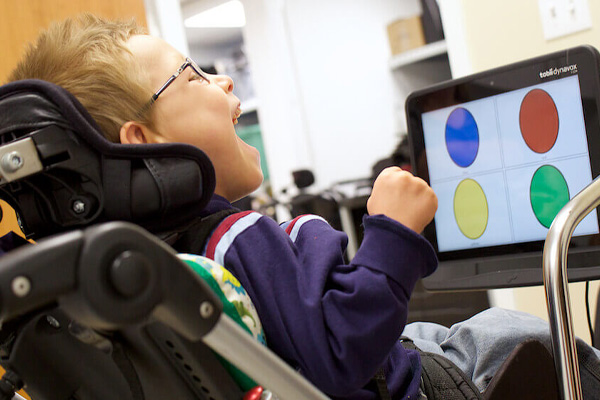
Help individuals with speech and language impairments communicate effectively.
Examples:
Augmentative and Alternative Communication (AAC) devices.
Speech-generating devices (SGDs).
Voice recognition and text-to-speech software.
Sign language interpreters (in-person or AI-based).
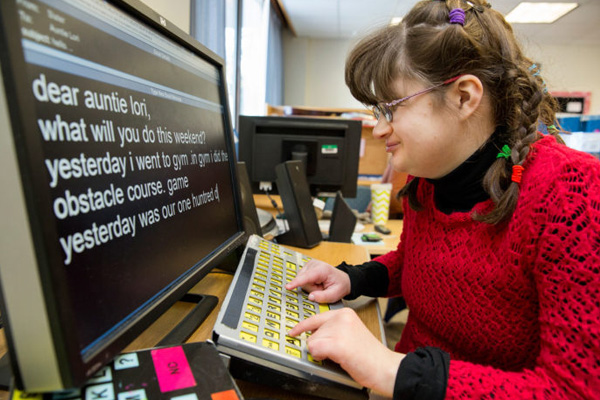
Support individuals with cognitive impairments or learning disabilities in managing daily tasks and education.
Examples:
Apps for memory aids and reminders.
Organizational tools and scheduling software.
Adaptive learning platforms.
Text-to-speech and speech-to-text systems.

Adapt physical spaces to meet the needs of individuals with disabilities.
Examples:
Smart home systems with accessibility features (e.g., voice-controlled lights, thermostats).
Adjustable-height furniture.
Automatic door openers.
Accessible kitchen tools and appliances.
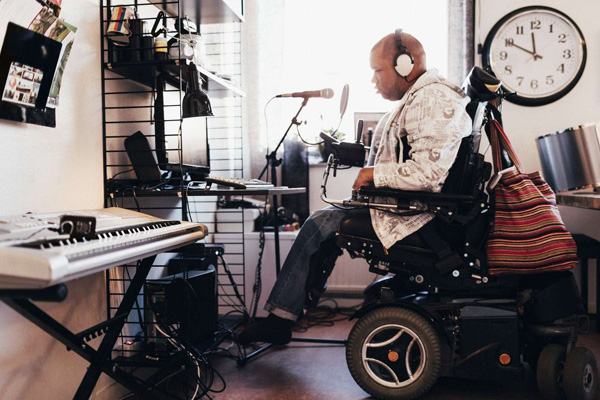
Help with everyday tasks such as dressing, eating, and grooming.
Examples:
Adaptive utensils and feeding aids.
Button hooks and zipper pulls.
Shower chairs and grab bars.
Dressing aids.
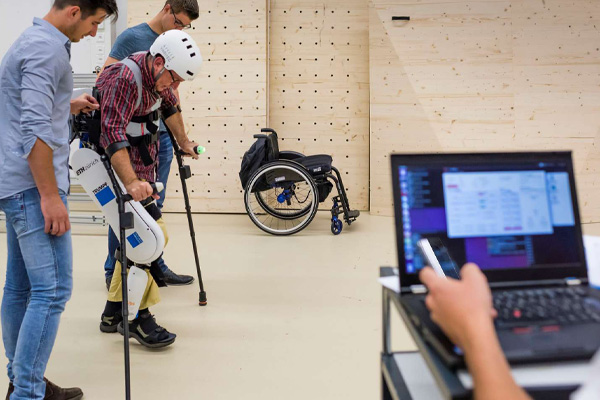
Used in therapeutic settings to aid recovery or improvement of physical and cognitive functions.
Examples:
Robotic therapy devices.
Virtual reality (VR) therapy tools.
Electrical stimulation devices.
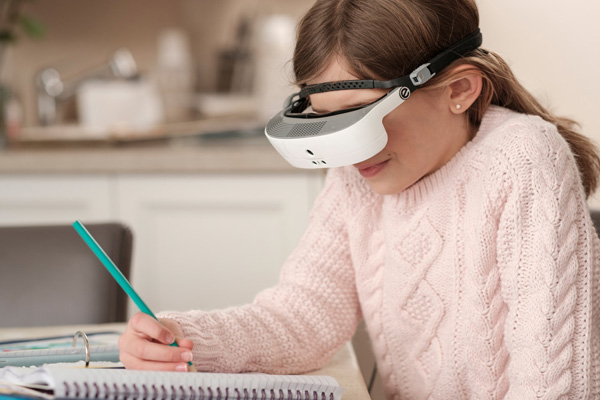
Facilitate learning for students with disabilities.
Examples:
Adaptive keyboards and input devices.
Accessible e-books and software.
Specialized apps for autism and ADHD.
Audiobooks and visual aids.
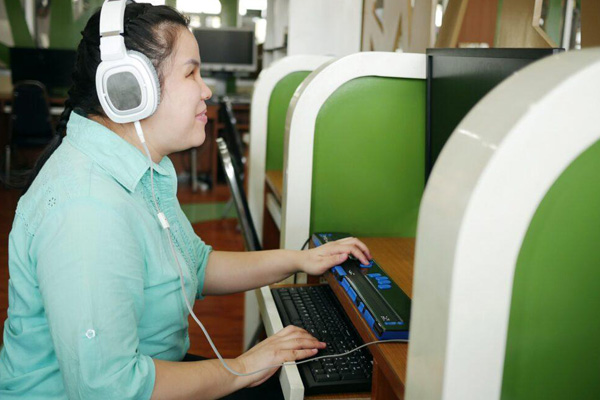
Enable individuals with disabilities to perform tasks effectively in professional settings.
Examples:
Ergonomic workstations.
Screen magnification software.
Communication aids for meetings.
Voice recognition tools.

Enable mobility and independence in travel.
Examples:
Modified vehicles with hand controls.
GPS navigation systems for the visually impaired.
Accessible public transport technologies (e.g., wheelchair ramps on buses).
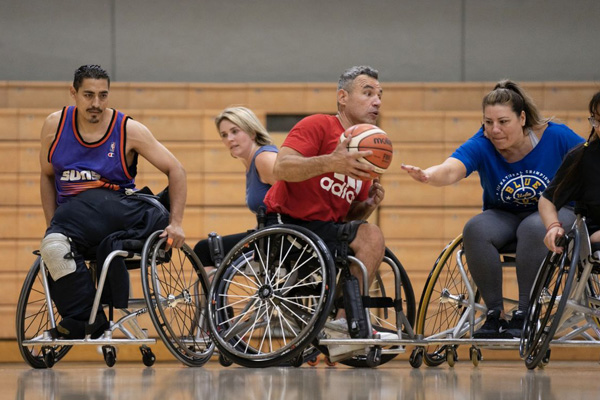
Support participation in sports and recreational activities for individuals with disabilities.
Examples:
Adaptive bicycles and tricycles.
Wheelchair sports equipment (e.g., basketball or racing wheelchairs).
Prosthetics designed for athletics.
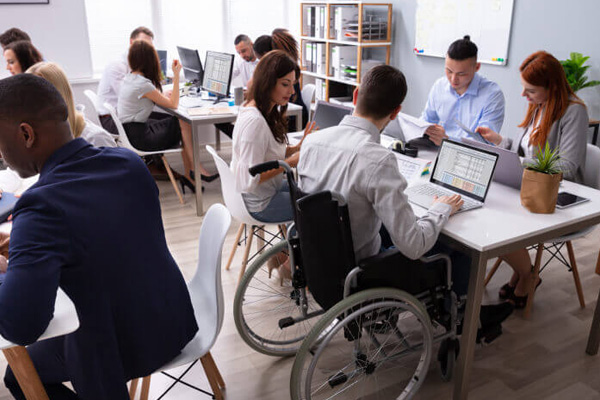
Innovative tools leveraging cutting-edge technologies to improve accessibility and functionality.
Examples:
AI-driven assistive devices.
Brain-computer interface systems.
Wearable assistive tech (e.g., haptic feedback devices).
Autonomous mobility robots.